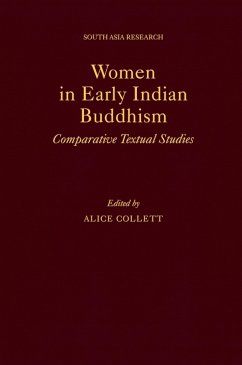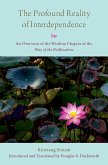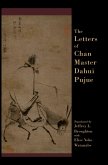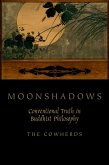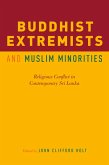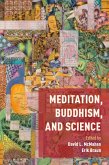The path of practice as taught in ancient India by Gotama Buddha was open to both women and men. The texts of early Indian Buddhism show that women were lay followers of the Buddha and were also granted the right to ordain and become nuns. Certain women were known as influential teachers of men and women alike and considered experts in certain aspects of Gotama's dhamma. For this to occur in an ancient religion practiced within traditional societies is really quite extraordinary. This is apparent especially in light of the continued problems experienced by practitioners of many religions today involved in challenging instilled norms and practices and conferring the status of any high office upon women. In this collection, Alice Collett brings together a sampling of the plethora of Buddhist texts from early Indian Buddhism in which women figure centrally. It is true that there are negative conceptualizations of and attitudes towards women expressed in early Buddhist texts, but for so many texts concerning women to have been composed, collated and preserved is worthy of note. The simple fact that the Buddhist textual record names so many nuns and laywomen, and preserves biographies of them, attests to a relatively positive situation for women at that time. With the possible exception of the reverence accorded Egyptian queens, there is no textual record of named women from an ancient civilization that comes close to that of early Indian Buddhism. This volume offers comparative study of texts in five different languages - Gandhari, Pali, Sanskrit, Chinese and Sinhala. Each chapter is a study and translation, with some chapters focusing more on translation and some more on comparisons between parallel and similar texts, whilst others are more discursive and thematic.
Dieser Download kann aus rechtlichen Gründen nur mit Rechnungsadresse in A, B, BG, CY, CZ, D, DK, EW, E, FIN, F, GR, HR, H, IRL, I, LT, L, LR, M, NL, PL, P, R, S, SLO, SK ausgeliefert werden.

